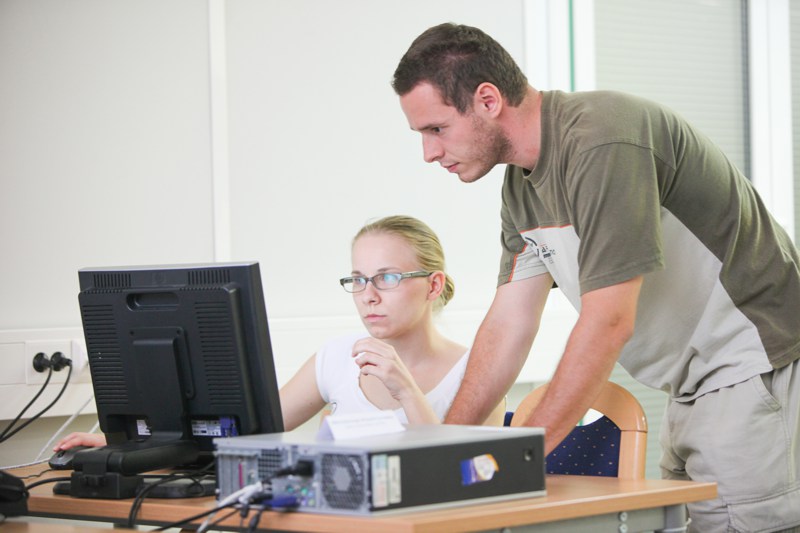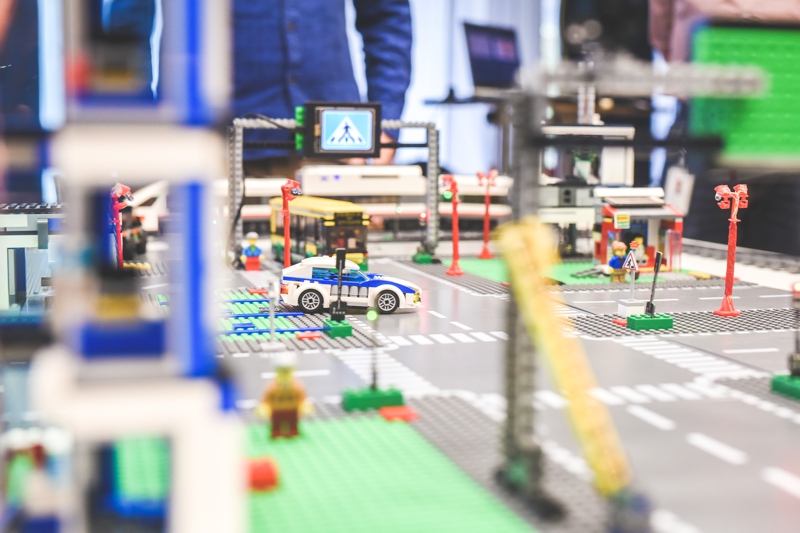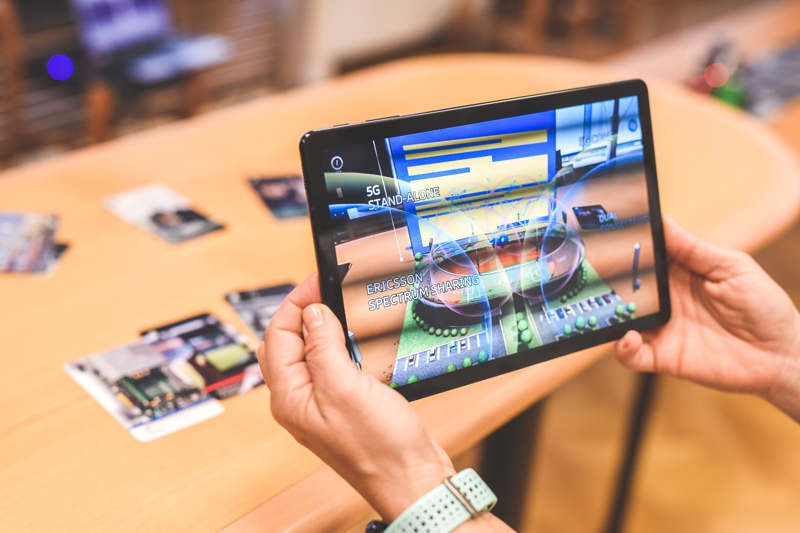Product Development
Continuous technological changes in the telecommunications segment were going on in parallel to the development of new products; from “step by step” exchanges, crossbar and digital systems up to “production of knowledge”.
"Step by step” Exchanges
In the very first years of its performance "Nikola Tesla" limited its business to manufacturing and installation of manual hotel CB PBXs, long-distance exchanges, operator’s consoles and test desks, manual hotel PBXs and various accessories. It took a lot of manual work to manufacture mechanical parts aimed for telephone exchanges. It was the time when the “step by step” system was a cutting edge technology. Simultaneously with the production of manual telephone exchanges, the Company’s experts were preparing to launch the manufacturing of the automatic telephone system of “crossbar” type.
Crossbar Systems
Opting to manufacture modern automatic telephone and telegraph exchanges based on coordinated switches (crossbar system) by Ericsson, already in 1953 “Nikola Tesla" signed the first license agreement with Ericsson. In this way, our company became one of the first Ericsson licensed partner in the world. The factory “Nikola Tesla” commissioned the first telephone exchange of this type in 1955 in Zagreb, at Pešćenica district (the exchange in Harambašićeva street). This was the first exchange of this type, and was the beginning with which the automation of telephone networks in the former Yugoslavia.
Digitalization of Systems
The fact that technology transformations were much slower than today, is best illustrated by the fact that after 25 years of manufacturing the crossbar system, but since 1974, also semi-electronic telephone and telegraph exchanges of ARE 11 and ARE 13 type, in 1977 it was the right time for a new radical step in technology and the second licensed contract was signed with Ericsson on adopting the latest generation of switching; i.e. digital systems of AXE10, AXB and ASB (MD110) types. It will turn to be the best selling system worldwide. Zagreb was the first city in the former Yugoslavia that already in 1981 had installed the digital exchange of AXE10 type in the city district of Vrapče.
During all these years of its business performance, the Company collaborated intensively with Croatian Telekom on building and upgrading the Croatian national network. They have jointly, built a fixed network of some hundred AXE exchanges, which has now been completely digitalized. Changes in technology, such as introducing ISDN and ADSL, and the integration of MMS platform, are further segments of collaboration of these two partners.
Changes in the Production Processes
The production processes are constantly changing. The share of manual work has been decreasing, and the automation process increasing, with special attention paid to mechanical and chemical processing, because there has been more concern for the environment protection. There has been a significant decrease in hardware and an increase in software, the so-called dematerialization of production. The products have become smaller and more complex, the so-called miniaturization of products. New products have demanded more complex knowledge and lifelong learning. All these constant changes have resulted in concentrating production at several locations worldwide. Ericsson Nikola Tesla provides total communication solutions by using a whole range of Ericsson products.
After becoming a part of Ericsson Corporation, Ericsson Nikola Tesla has completely transformed thus turning into a modern company, which, primarily “produces” knowledge; it develops software and services and delivers total communication solutions for global fixed and mobile operators and large corporate users worldwide.
Mobile Network Development
Already in 1986, at ZJPTT bid, “Tesla” was, as the project coordinator, entrusted the construction of mobile telephony together with other companies from other republics of former Yugoslavia. The first pilot, mobile, radio telephone network (of NMT system) was implemented in 1990 in Zagreb. We signed our first GSM contract with a Belarus operator in 1988. All of our experts’ knowledge and experience in mobile telephone segment were capitalized in the years to come.
Collaborating with VIPnet, Ericsson Nikola Tesla penetrated the GSM domestic market in 1999. Being good business partners, these two companies continue to collaborate together on implementing the cutting edge communication technologies. Thus, in 2001, GPRS system was introduced. It was the first 2.5 generation of mobile system in commercial operation in Central Europe, and in mid-2003, a step forward was taken towards 3G vision through a trial network based on Ericsson equipment and solutions. In mid-2004, VIPnet introduced EDGE to its network, the first 3G commercial service.
Afterwards, followed the introduction of UMTS, HSDPA and HSPA technology.
From the very beginning, Ericsson Nikola Tesla experts have been taking active part in LTE technology development on the global level, and LTE network implementation worldwide. Thus, they had a privilege to introduce these superior technologies for the first time in Croatia and to be the first to participate in implementation of the trial LTE network in Croatia. Therefore, it is not a surprise that Vipnet has chosen Ericsson Nikola Tesla as their strategic partner in building the fourth generation mobile communication network (LTE).
Since as early as 2012, the company has put intensive work in the development and standardization of 5G networks. Their use will enable a whole range of new services characterized by a high transfer rate, low latency, and it will solve the problem of performance degradation in areas with a great number of users. 5G technology in Croatia was presented for the first time in March 2018 at Ericsson Nikola Tesla. Experts from Ericsson Nikola Tesla are members of corporation’s teams who work on the implementation of this cutting-edge technology for operators all over the world, just as they did in previous generations.
Green solutions for Industry & Society
In addition to drastic changes made in (tele)communication between individual users and in services offered by telecom operators, there has been a significant turn of events in the area of systems dedicated to specific areas of human activities. Therefore, Ericsson Nikola Tesla started offering state-of-the-art products and e2e solutions in selected areas, repositioning the company in the face of complex and fluid conditions as a strong system integrator and the driver of digital transformation of the society. The company recognized the right moment and its role as an initiator of change, as well as its responsibility for development in ICT segment, and began to develop solutions for industry and society. The most outstanding example is the company’s contribution to the e-health system. Central Healthcare Information System of the Republic of Croatia (CEZIH) was launched in 2007. It supported the introduction of a great number of new services – the best example of these services is ePrescription, which was implemented as early as in 2011. This placed us among the first countries worldwide to have this service. This was followed by the introduction of a Joint Information System of Land Registry and Cadaster, intelligent transport systems, smart city solutions, emergency service system and state border surveillance. Implementation of these modern ICT solutions in different areas accelerates and simplifies processes, reduces the unnecessary use of means of transport and significantly contributes to the reduction of carbon dioxide emissions and pollution in general. This implies that the benefits are not gained only in the massive improvement of the quality of life, but also in an active contribution to saving our planet.
Research and development and expertise in other areas
At the same time, the company’s production and test environment was developed. Nowadays, it has network nodes in different test configurations of mobile networks of all generations that are used as a support for the corporation’s research and development centers across the world. Moreover, 1500 experts from our research and development center with sites in Zagreb, Split and Osijek – which is the biggest such center in Croatia and one of the biggest and best centers in Ericsson ¬¬– work on software solutions for global operators’ telecom networks, including mobile 5G networks. The company also focuses on expertise in other areas and other services that were realized by our experts on behalf of Ericsson in projects for operators worldwide.









